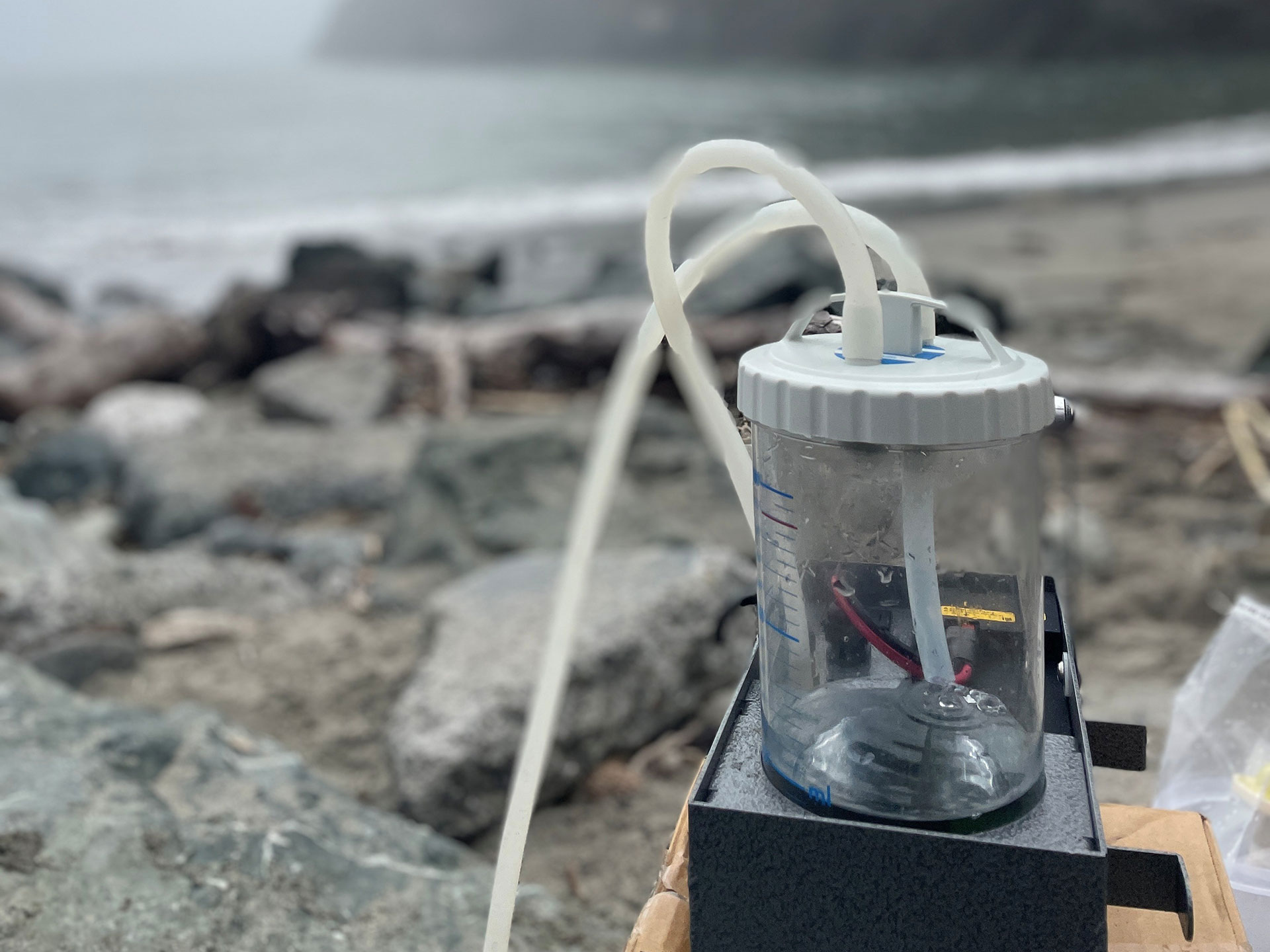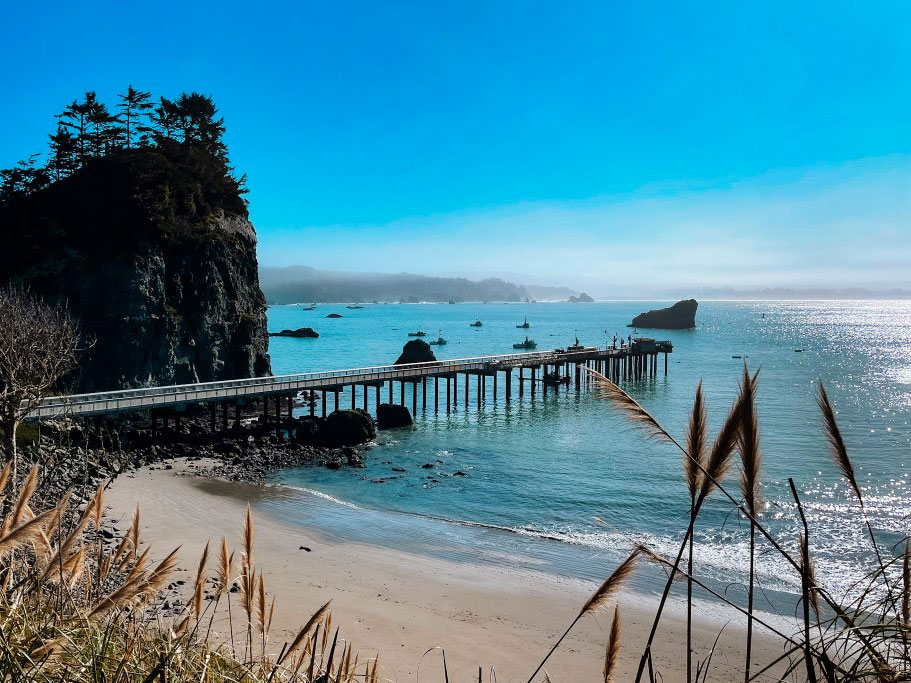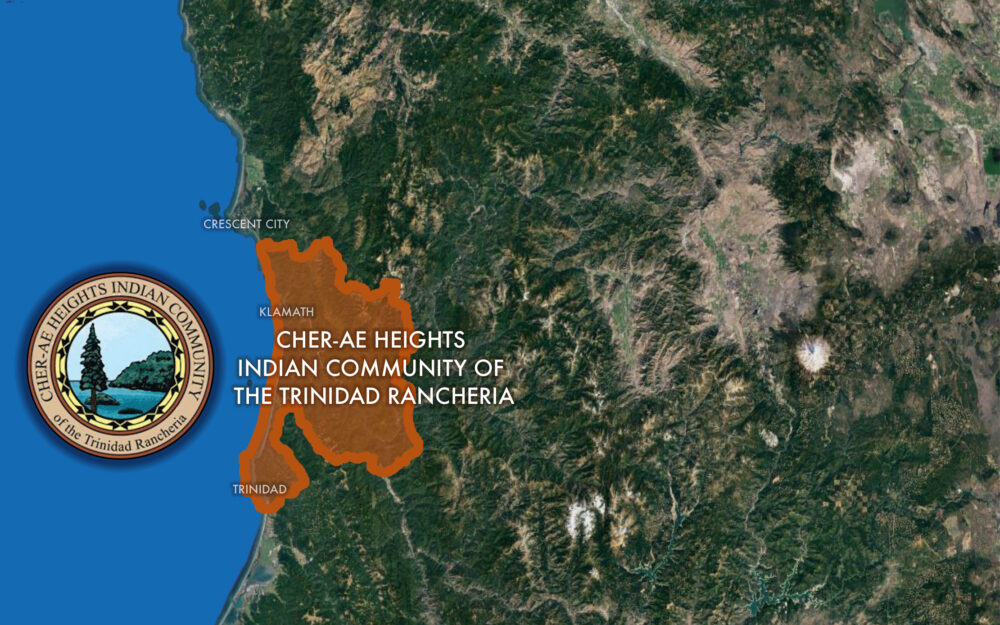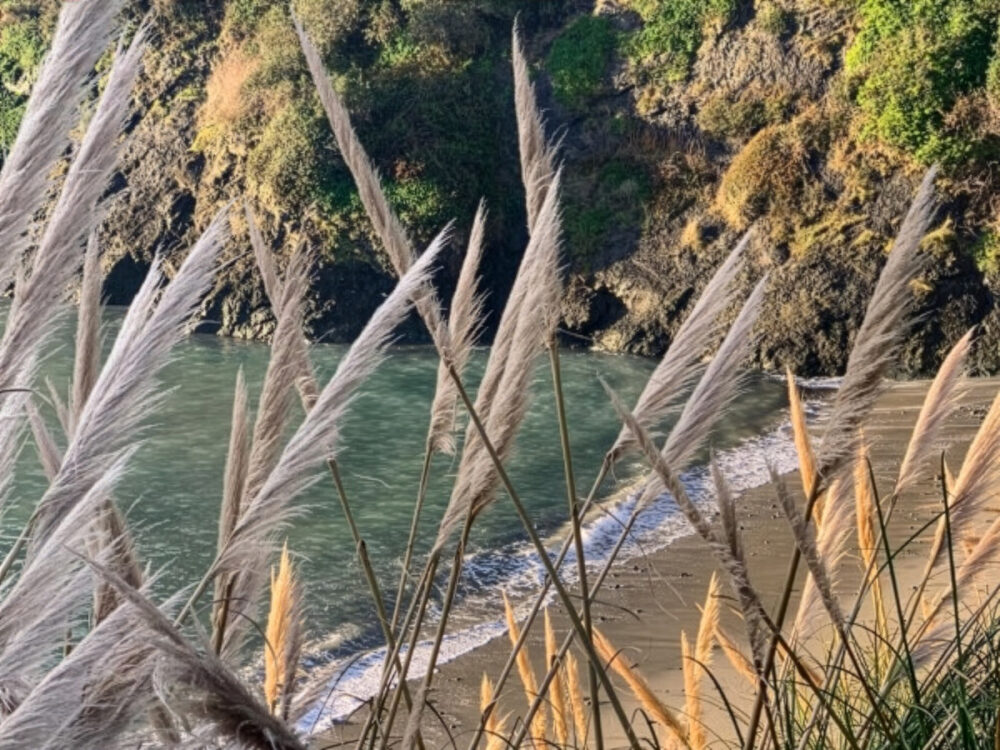Marine Biotoxin & Phytoplankton Monitoring
Environmental Stewardship
During low tides, Trinidad Rancheria collects mussels, freezes them, and submits them to the California Department of Public Health for Paralytic Shellfish Poisoning (PSP) and Domoic Acid testing. Plankton tows gather phytoplankton samples. Together, these datasets provide early detection of toxin-producing species and help keep shellfish harvests safe.


Rocky Intertidal Monitoring & 3D Modeling
Environmental Stewardship
Trinidad Rancheria is building baseline data for rocky intertidal habitats along the coastline and tracking species of cultural significance. Using Tribal Intertidal Digital Ecological Surveys (TIDES), staff image sites and generate 3D habitat models to visualize seasonal and annual community change and inform management.
Kelp Monitoring
Environmental Stewardship
In partnership with the Greater Farallones Association’s Kelp Restoration Program, Trinidad Rancheria conducts annual kelp canopy surveys on the Trinidad Rancheria coast. Aerial drones and GIS map extent, species distribution, and forest health, and staff are training for FAA remote pilot certification to expand this work.


Beach Watch Program
Environmental Stewardship
Monthly shoreline surveys walk a coastal bluff within the Trinidad Rancheria territory to document birds, marine mammals, and human use on land and water. Fixed-point photos track shoreline change. The program extends the Greater Farallones Association’s Beach Watch framework with elements specific to Trinidad Rancheria.



